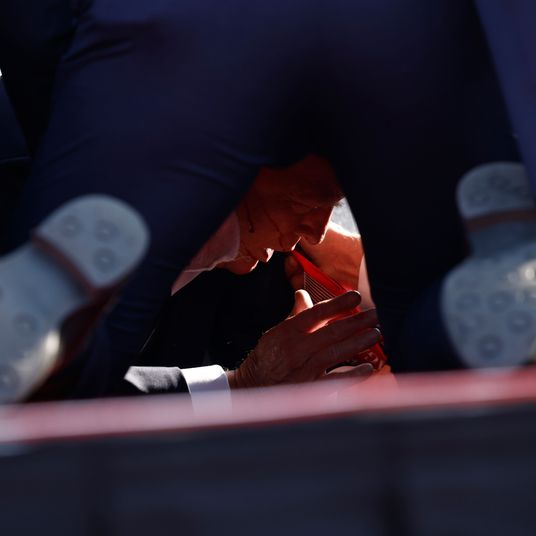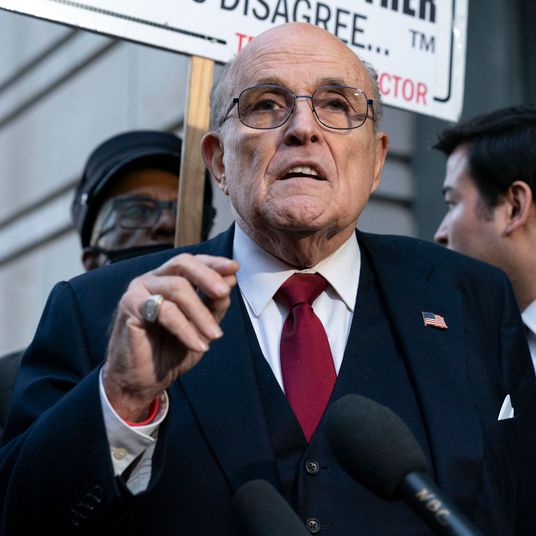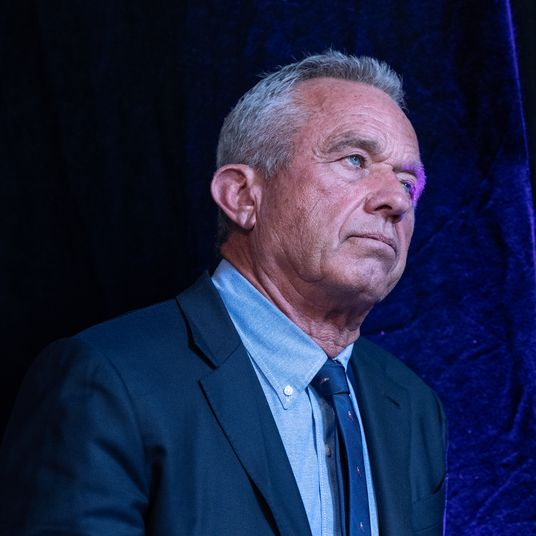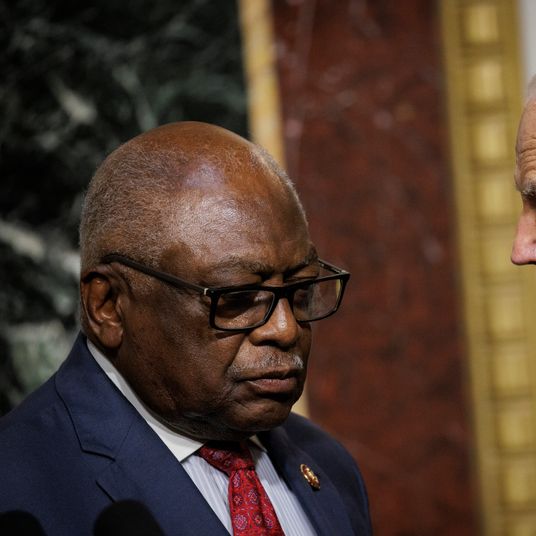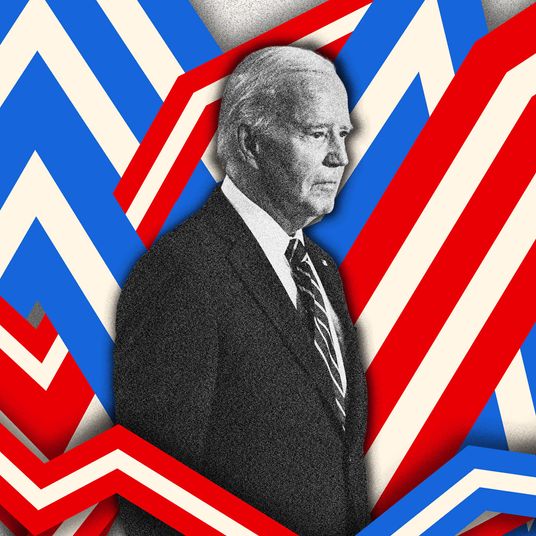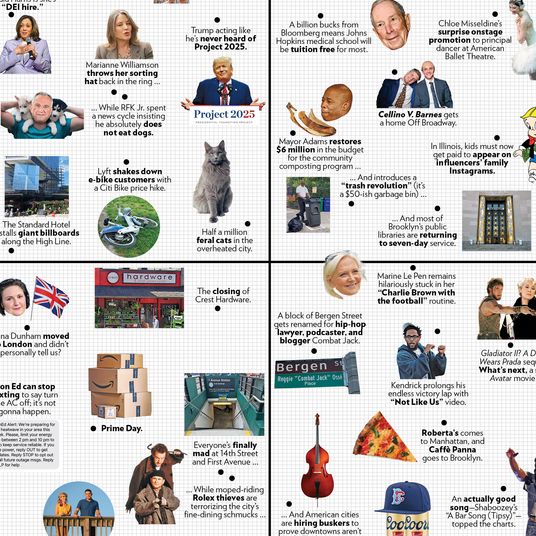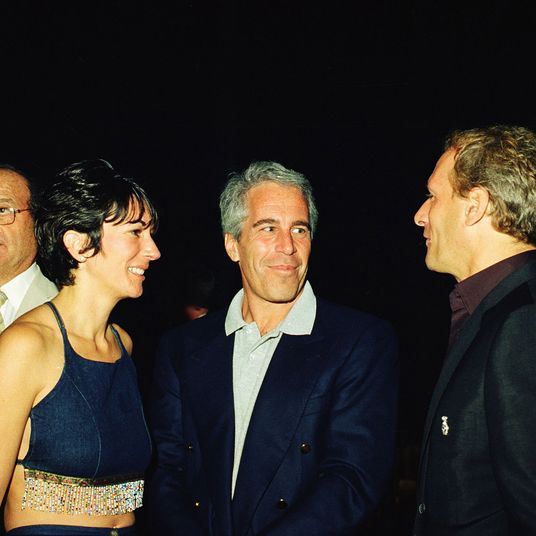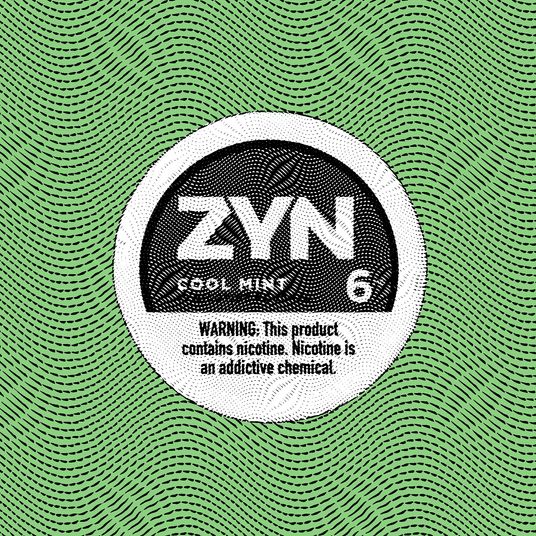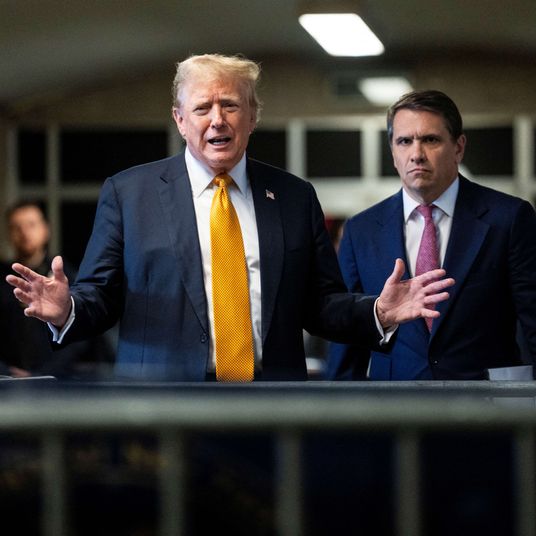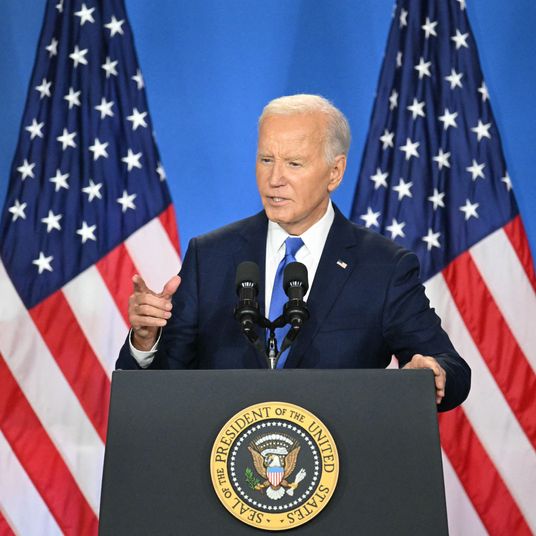
Wildfire smoke emanating from western Canada prompted air-quality alerts this week in Montana, North Dakota, South Dakota, and Minnesota, bringing back bad memories of 2023 and leading New Yorkers to ask a selfish question: Are we going to get a repeat of the smokepocalypse that briefly left New York City with the worst air quality in the world last June? As fires burn again in British Columbia and Alberta, I spoke with Columbia University and NASA researcher Dan Westervelt about the chances New York gets smoked again.
Could you provide a refresher as to why the northeast United States was blanketed with smoke last year — and why that hasn’t yet happened this year?
The main reason is that the smoke from last year that impacted New York and the East Coast was coming from fires in the eastern provinces of Canada, from Quebec and Ontario. It was a bit closer for the smoke to travel. There were also some unique meteorological phenomena that caused the smoke to travel southward rather than eastward and out to the ocean.
Right now, we’re not seeing those meteorological systems and the fires are pretty much confined to the western provinces, British Columbia, Alberta, and so on.
Why are cities like Minneapolis getting hit with this smoke from fires in British Columbia?
There’s a large-scale, low-pressure system covering thousands of kilometers over midwestern Canada. These fires are just to the west of this low-pressure system, west and north. When you have a low-pressure system, the air flow is always counter clockwise. Right now, smoke is swinging around on this down arm of the low pressure system and coming from northwest Canada to southern and eastern locations, which is why Wisconsin and Minnesota were getting pretty bad air quality in the past couple days.
Is there a chance that this low-pressure system moves eastward and we get all that here?
In this particular case, it doesn’t seem very likely at all. I’d say pretty much not going to happen in terms of this particular fire event making its way to New York or D.C. or Boston.
What would it take for the Northeast to get smoke conditions similar to last year?
To get the same magnitude we saw last summer, we would probably need some fires in Ontario or Quebec. We would also need another very stagnant low-pressure system. One of the reasons the smoke was able to come southward so consistently last year was this low-pressure system swinging the pollution downward. But what was extra unique about it was that it was a very slow-moving system. It was stagnant over the maritime Canadian provinces, and it stayed there for longer than usual. We would need something like that as well to get the kind of smoke we saw last year.
And that kind of low-pressure system that parks in one place is pretty rare?
Normally these things move pretty quickly, maybe a day or so, and it’s cleared out over the Atlantic. But this one sat around for three or four days. That is very rare, I would say.
How are the fire conditions up in Quebec and Ontario?
The drought conditions we saw in 2023 are much less severe in 2024, and I’ve seen people make the argument that things are a little moister and the fuel isn’t going to burn as much, so we might not have a repeat of 2023. I think that’s possible, but it’s also important to remember that it’s going to be really hot and really dry this summer — it’s supposed to be maybe the hottest year ever. It’ll be interesting to see which wins out. It’s certainly possible we get some drier conditions and some hot conditions and that could cause fires. But so far there’s a lot more moisture in the vegetation than there was at the same time last year.
This interview has been edited for length and clarity.









